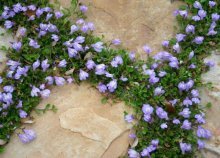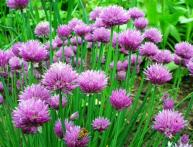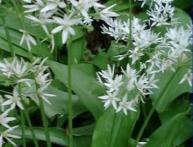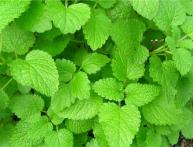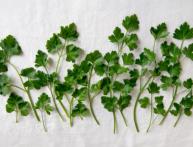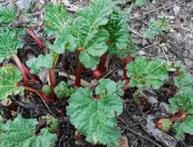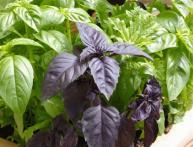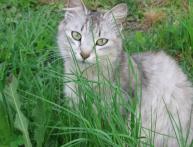Mazus - a magnificent carpet for the garden
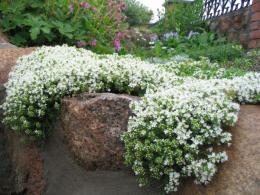
Not many people know the plant called Mazus. It appeared in our latitudes quite recently, but has already won the hearts of flower growers. This low-growing plant forms a beautiful carpet, which will be a wonderful decoration for the site.
Content:
Plant characteristics
Mazus is a plant belonging to the Norichnikov family. There are about 40 species in total. The Himalayas are considered their homeland. It grows all over the globe and is widespread in Australia, Indonesia, America, and Asia.
Despite its short stature (the plant rarely exceeds 7 cm), mazus has twining stems, the length of which reaches 50 cm. It grows very quickly and covers areas with a magnificent carpet. Rapid growth is one of the features of mazus, which helped it become so popular among landscape designers.
The stems of the plant are thin, covered with small green leaves. A special decoration are the flowers, which are most often white or purple. The center may be white or yellow. Also, the flowers have an original shape in the form of two lips, the upper one is small, and the lower one is longer and has 3 petals.
There is a scattering of small spots on it that give the plant a modest charm. Mazus can bloom all summer until October, but profusely from June to August. At this time, the carpet acquires a unique lilac-purple color.
Despite the rapid growth, mazus is easy to control and therefore is successfully used to decorate alpine slides. It is also used in the form of carpets under fruit trees, to decorate garden paths and simply in flower beds. Mazus goes well with various plants, and its charming flowers will decorate any hill or rocky garden.
Mazus, depending on the species, can be either annual or perennial. The varieties most common in Russia are two-year. They have high winter hardiness and with little shelter can withstand frosts down to -40.
Planting and care
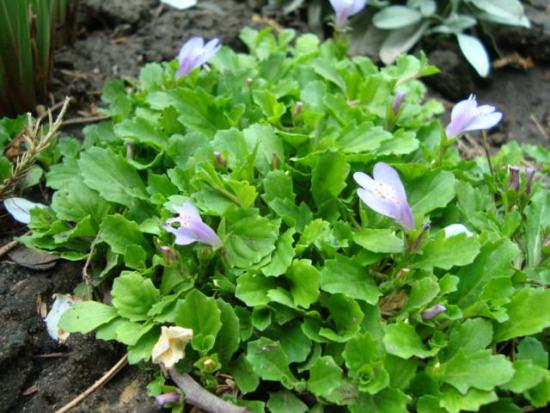
Mazus grows well in sunny and fertile soils. It also grows well in the shade, crevices and among slabs of garden paths. Its unpretentiousness makes this plant more popular every year. The only condition for normal growth is maintaining normal humidity. The plant can easily tolerate a slight drought, but this may cause the flowers to suffer, become smaller and lose their charm.
Mazus propagates both by seeds and by dividing bushes. Seeds can be sown in open ground in spring and early summer. They produce excellent seedlings even in early spring, the plants grow quickly and harmoniously. The shoots take root well. If you dig up part of a bush and plant it immediately, it will immediately grow and bypass the adaptation period.
Despite love of moisture When planting, you should not overwater young plants so as not to provoke root rot. Instead of watering, it is better to feed the plants a little with mullein or mineral fertilizers. The main thing is that there should be moderation in everything. With abundant feeding, the plant will grow at lightning speed and may not please with abundant flowering.
Mazus does not require special care. Removing weeds and a little watering during drought is sufficient. Despite the fact that mazus is a frost-resistant plant, it would not be a bad idea to cover it in winter or at least rake a little earth from above. Another good ability of Mazus is fast recovery.
Even if the plant did not survive the winter well, the first shoots are weak and thin, they will quickly get stronger. The plant will respond well if you add organic fertilizer or mullein in winter. By the way, mazus can be an excellent mulch for a flower bed.
Types of mazus
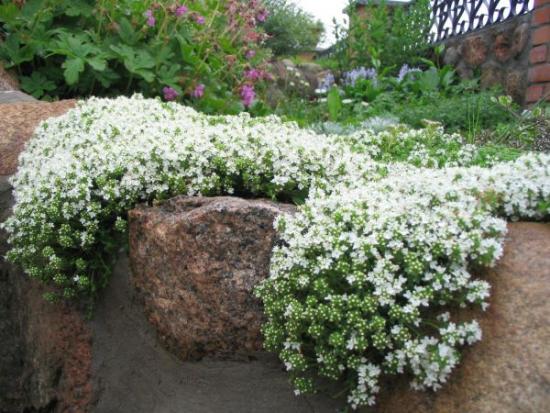
The most common 3 types:
- Creeping mazus. Features large purple flowers, on which white or yellow spots are scattered. There are varieties with pure white flowers, for example, Albus. The stems are very strong and can withstand light loads well. It grows quickly enough so that the plant does not become crowded; the bushes are planted at a distance of at least 50 cm.
- Rooted. Flowers of this species are most often white, pink, lilac with a colored center. Most often yellow. Also a distinctive feature of the rooting mazus are the leaves, which have a green-bronze color. After flowering, many seed pods are formed.
- Dwarf. It has white or blue flowers with a yellow center. The leaves are shaped like a spatula and are green. Having a small height, dwarf mazus are used in crevices, between stones and slabs.
Thanks to its unpretentiousness and simplicity in agricultural technology, mazus is quickly gaining popularity. After all, with the help of this plant you can easily decorate the area. Charming living carpets, decoration of alpine slides or complex rock gardens. This miniature plant can do all this.
Watch interesting things about ground cover plants in the video:
Interesting information about the vegetable garden


